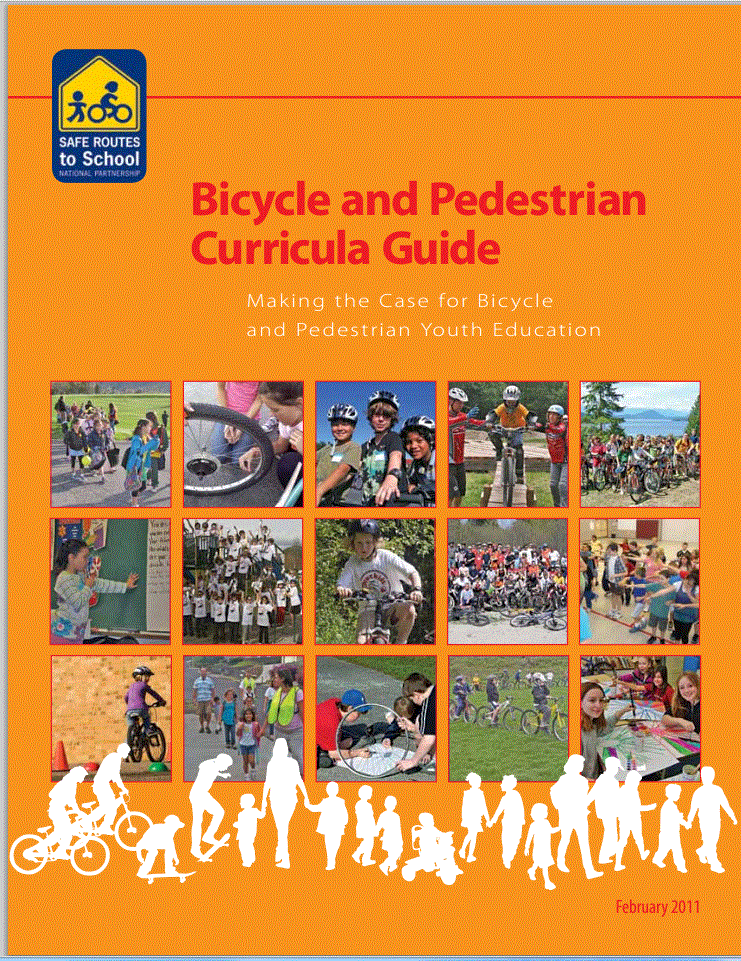 Over the past decades bicycle safety education has developed into its own field, ultimately being implemented in a variety of ways, depending primarily on the amount of time and resources available to convey important concepts. These choices are not easy and inevitably we, as educators, must make informed compromises. There are two integral resources when considering what, exactly, to teach during valuable class time:
Over the past decades bicycle safety education has developed into its own field, ultimately being implemented in a variety of ways, depending primarily on the amount of time and resources available to convey important concepts. These choices are not easy and inevitably we, as educators, must make informed compromises. There are two integral resources when considering what, exactly, to teach during valuable class time:
First, the Bicycle and Pedestrian Curricula Guide, released in 2011, catalogs the curricula available throughout the country, and clearly speaks to the various characteristics that are relevant to the educator, including grade level, type of instruction, program duration, cost, necessary equipment and adherence to state education standards. This resource is pure gold for the educator who has not yet chosen a curriculum for the classroom and its individual constraints.
 Second, and perhaps most relevant, is a new study that was released by National Highway Traffic and Safety Administration entitled “Bicycle Safety Education for Children From a Developmental and Learning Perspective” that closely analyzes bicycle education content and its actual effect on student behavior.
Second, and perhaps most relevant, is a new study that was released by National Highway Traffic and Safety Administration entitled “Bicycle Safety Education for Children From a Developmental and Learning Perspective” that closely analyzes bicycle education content and its actual effect on student behavior.
The study can aid educators utilizing the theories of child development and learning to guide the content and delivery of bicycle education programs. The study demonstrates that various approaches can educate students without improving behavior (think one hour assembly) while some improve behavior but do not reduce crashes - particularly common crashes with children. The study is a must read for those administering bicycle education programs but clearly draws the line that perhaps traditional methods of teaching bicycle education, including stand alone bicycle rodeos, are good for building background education and hopefully enthusiasm for bicycling, but if you want students to improve their behavior and safety, longer educational sessions that target common crashes where youth are over represented is a must.
Local Practice and Policy, a blog written by Dave Cowan, covers many of the multifaceted aspects of his work here at the Safe Routes Partnership. Focusing on best practices, voices from the field and reflections on the Safe Routes to School movement as a whole, this blog attempts to share a sliver of the good vibes, happy stories, and great people Dave has the pleasure of working with to further Safe Routes to School on a daily basis.


